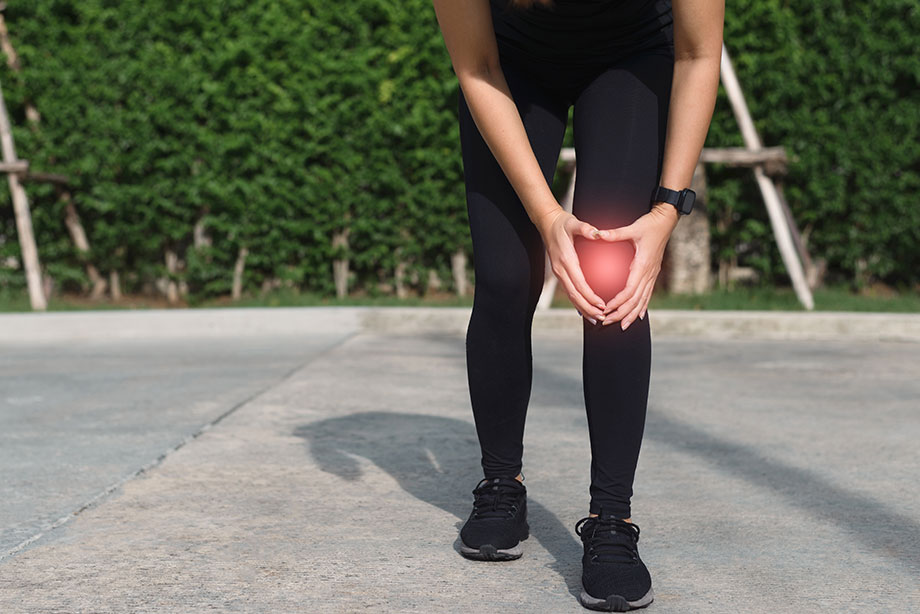
ACL Reconstruction With Autologous Graft
If you’ve suffered from an ACL wound and are considering undergoing surgery, you may wonder what exactly is involved in this procedure. ACL injuries are common, particularly among young athletes. Sudden changes in direction and acceleration are common causes of ACL injuries. However, if your ACL injury is too severe for your body to repair naturally, you can consider this procedure.
Advantages of ACL Reconstruction With Autologous Graft
The advantages of ACL reconstruction with autologous graft are many. Compared with allografts, the autograft approach is natural and carries some risks. For one, a sample must be harvested from a different area of the body, which increases the time it takes to recover from anesthesia. Additionally, patients face the potential risk of nerve injury if multiple incisions are made. In contrast, allografts are taken from a cadaver. Because these tissues are not contaminated, the risk of disease transmission is low.
ACL reconstruction with autologous graft is a good choice for patients undergoing sports-related knee injuries. A recent systematic review showed that it’s more effective than allograft-based ACL surgery, as it offers better outcomes than the former. In addition to the superior results, it has been praised as a safe and effective surgical procedure. The systematic review may help physicians improve patient care by facilitating interprofessional communication and patient outcomes.
Disadvantages of ACL Reconstruction With Autologous Graft
Almost 55% of sports injuries are knee-related. They usually involve a falling or repetitive impact on the leg. The kneecap is repeatedly hit against a leg bone, causing damage to the tissues and resulting in pain. Athletes who play contact sports are especially at risk for knee injuries, as they’re often required to move their legs above their heads.
Allograft use has increased dramatically, mostly because it involves fewer incisions and reduced postoperative pain. The main disadvantage of allografts is that they have lower stability and mechanical function levels. They are also associated with increased infection rates, making them a poor choice for first-time ACL reconstruction. However, the advantages far outweigh these drawbacks.
Conclusion
Whether you are having an ACL reconstruction due to a ruptured ACL or you’ve suffered a sprain, choosing an appropriate orthopedic vacation can be a difficult decision. While there are many options available, no one is better than My Orthopedic Vacations.